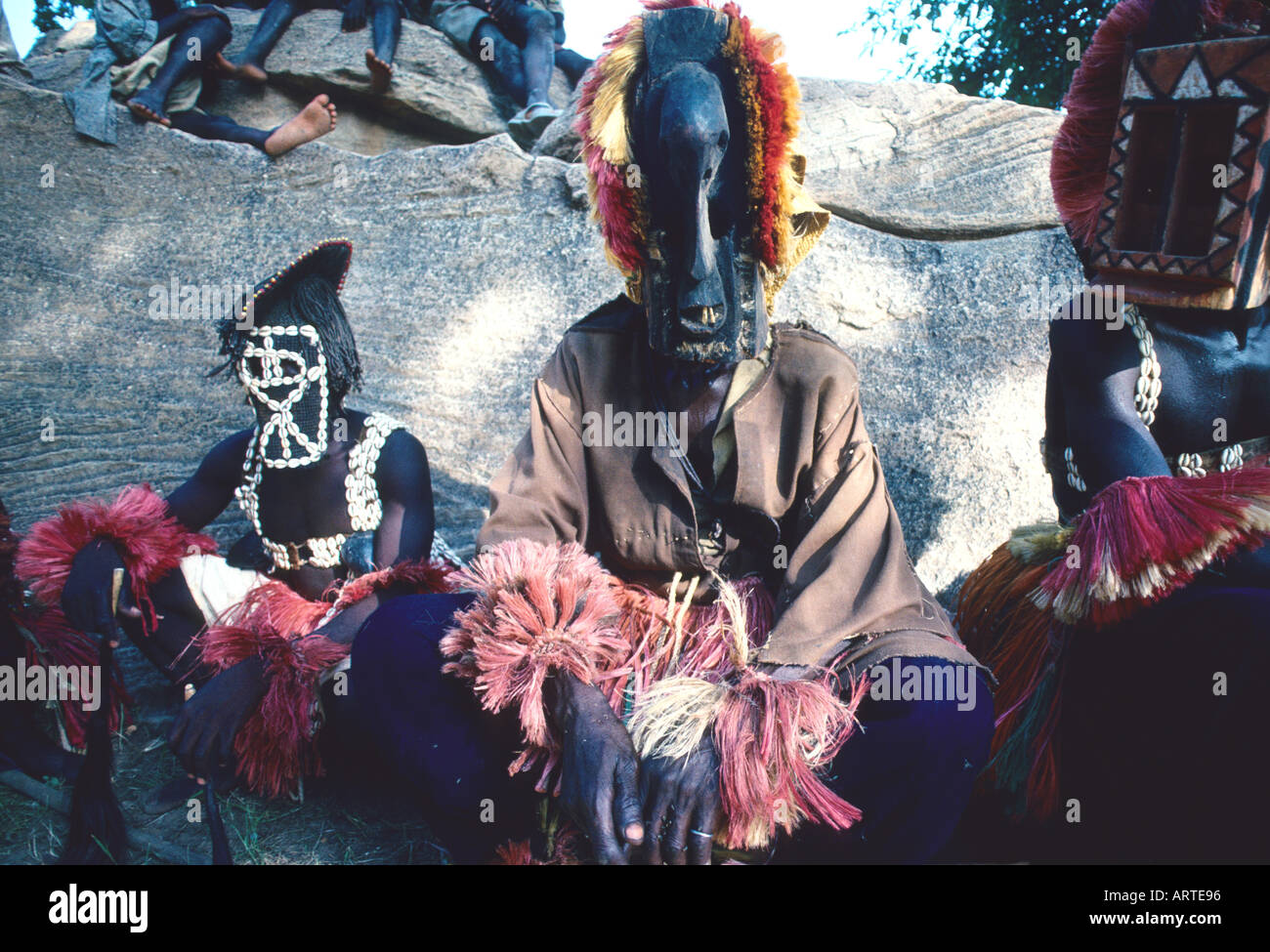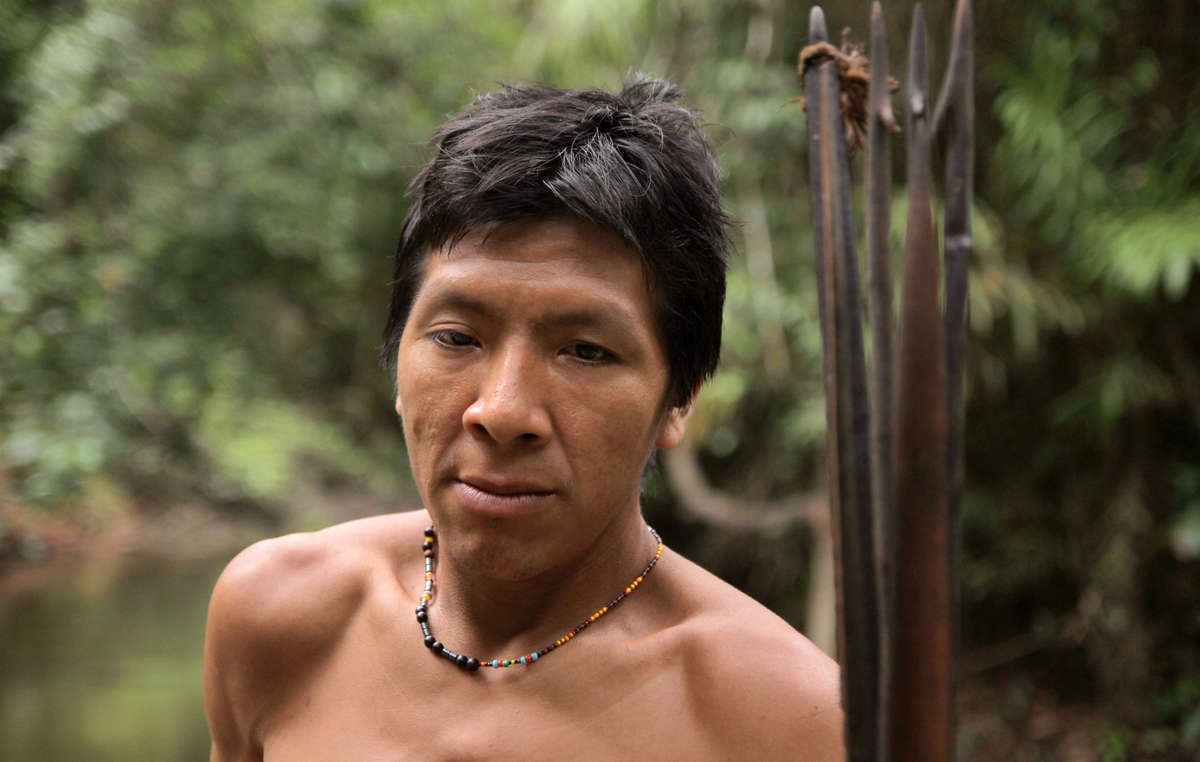



Walls of sandbags surround local police stations to protect them from rebel attacks. Rebel graffiti – ‘ELN’ or ‘FARC-EP’ – painted in black can be seen on facades of one-storey wooden and adobe homes in hamlets along this main highway, connecting the city of Pasto with the Pacific port city of Tumaco.Īlong the highway are several police checkpoints, some flanked by tanks on standby. In Colombia’s southwestern provinces where the Awa live, the FARC impose curfews between dusk and dawn, Awa leaders say. They accuse us of being informants for the armed groups (FARC). The army goes in and out of our reserves as they please, without first consulting with us,” Chingal says. “We don’t want our lands to be militarised. The Awa refuse to ally with any one side of Colombia’s conflict but both the rebels and government armed forces accuse the Awa of taking sides.Īwa leaders say the presence of government armed forces exacerbates their plight. The Awa, like most of Colombia's Indians, struggle daily to remain neutral in a conflict where both sides place pressure on indigenous tribes to participate. Since the 1990’s, several palm oil companies have been illegally operating inside Awa reserves. We think some of them have been forcibly recruited,” Chingal says.Īlso compounding the Awa’s plight is the looming threat of local gold and timber companies encroaching on the resource-rich lands. “Some of our boys and girls have disappeared, gone missing. The rebels are known to use indigenous children as guides, tapping into their knowledge of the jungle terrain. Recently, the fear of FARC rebels snatching Awa children to fight in their dwindling ranks is another reason why the Awa are fleeing their homes. If they left our land alone, it would be far easier for us to survive and return to our territory,” says indigenous leader, Jose Chingal, adding that eight Awa have been maimed and/or killed by landmines this year. It makes it harder for us to move around and hunt. “One of the worst things is that they (armed groups) mine our lands. On our reserves we don’t need to buy anything but after being displaced everything we eat has to be bought,” Ortiz says.Īdding to the tribe’s misery, FARC rebels are planting more homemade landmines, known as footbreakers, on and near Awa reserves to attack government troops. “The land is our mother, from what we survive. Pushed off their lands, they lose traditional medicine, food and burial rites, Awa chiefs say. Of the country’s internal refugees, indigenous groups make up around a quarter of the total, despite representing just 2 percent of Colombia’s population of 46 million.Īwa means ‘son of the mountain’ and the tribe’s customs and survival are intertwined with their ancestral homelands. With up to an estimated four million internal refugees, Colombia is home to one of the world's largest displaced populations, and its Indians bear a disproportionate brunt of the displacement. Violence on and near indigenous reserves has put the Awa, along with 34 other indigenous groups in the country, at risk of disappearing entirely, according to Colombia’s Constitutional Court. Colombia’s largest rebel group, the Revolutionary Armed Forces of Colombia (FARC), has publicly claimed responsibility for some of these killings. In the last two years around 60 Awa, including children, have been killed by armed groups. Of Colombia’s 102 different indigenous tribes, violence has hit the Awa particularly hard. We’re having to find refuge nearer towns,” says Ortiz, wearing jeans and muddy Wellington boots. Then we have to leave to protect our children and prevent more people from dying. We can only resist the armed groups up to a point. Straddling the border with Ecuador and with a gateway to the Pacific Ocean, the location of the Awa’s tribal lands has also lured drug traffickers to this coveted strategic corridor, to smuggle cocaine and arms, placing the Awa in the middle of drug turf wars. They have settled on the lower slopes of the Andes mountain range and in makeshift settlements on the outskirts of villages dotted along this highway. “We should be up there where our spiritual lands are, and not down here,” he says.įor thousands of years, Colombia’s Awa Indians, a 35,000-strong indigenous tribe of semi-nomads and hunter-gatherers, have lived in this remote green wilderness.īut over the last decade, as the Colombian military has stepped up its fight against leftist rebels in this part of the country, roughly 3,000 Awa have been driven off their jungle reserves to escape the crossfire. RICAURTE, Colombia (AlertNet) - Standing along the main highway that snakes through the southwestern province of Narino, Awa indigenous leader, Carlos Ortiz, points to the surrounding misty mountain peaks. Armed groups have killed around 60 Awa, including children, in the last two years


 0 kommentar(er)
0 kommentar(er)
